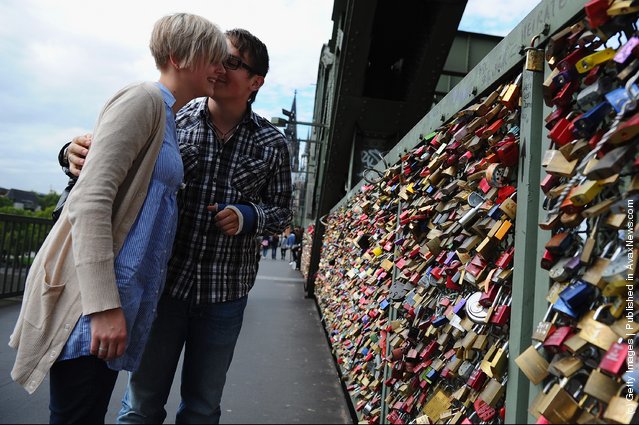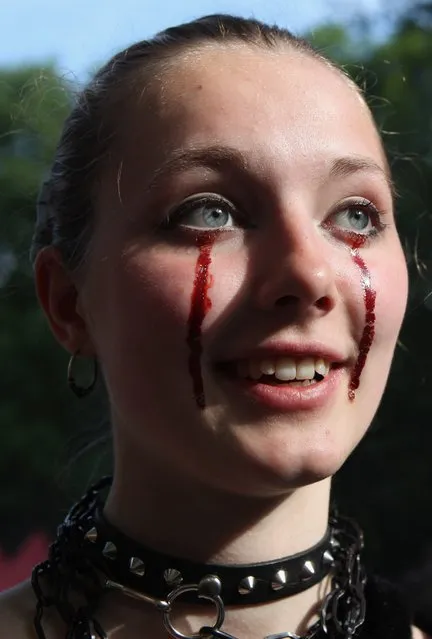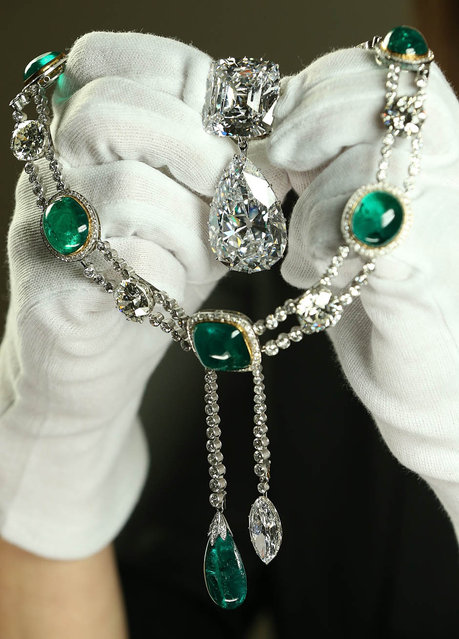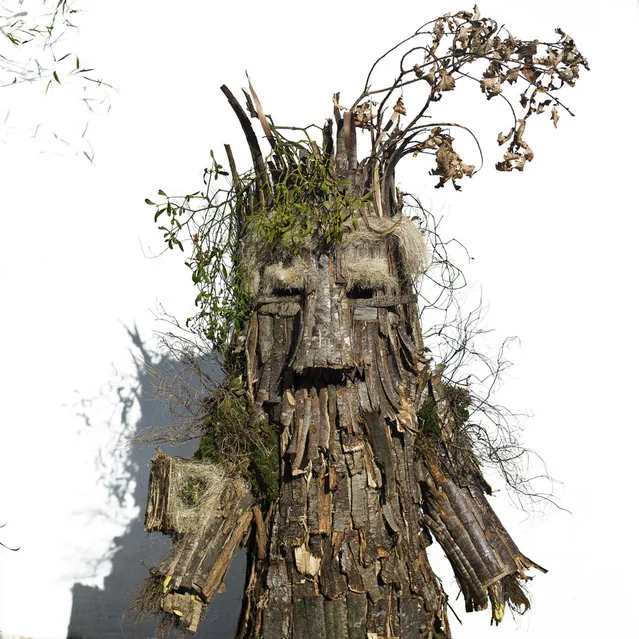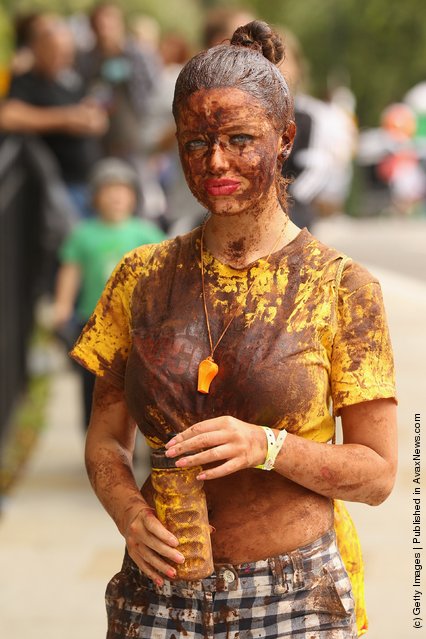
A performer is covered in chocolate sauce at the Notting Hill Carnival on August 28, 2011 in London, England. The annual carnival, which is the largest of it's kind in Europe and is expected to attract around 1 million revellers, has taken place every August Bank Holiday since 1966. (Photo by Oli Scarff/Getty Images)
29 Aug 2011 13:34:00,post received
0 comments

